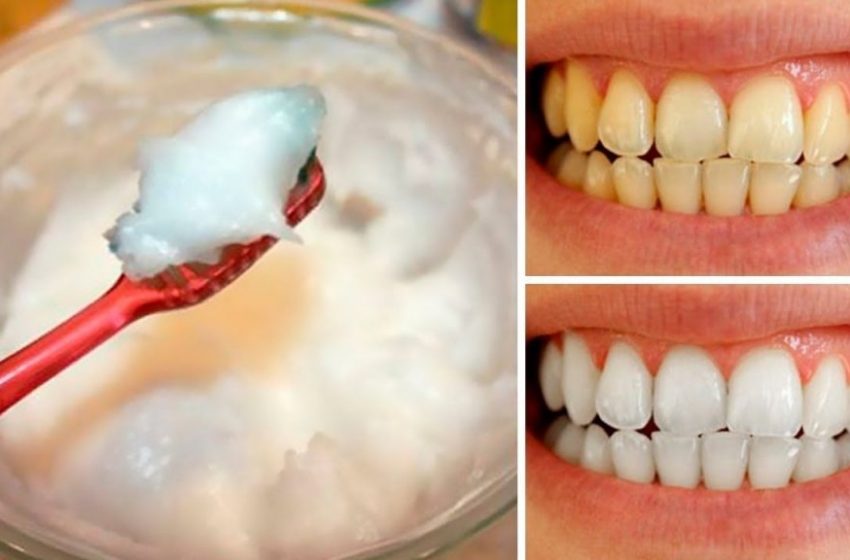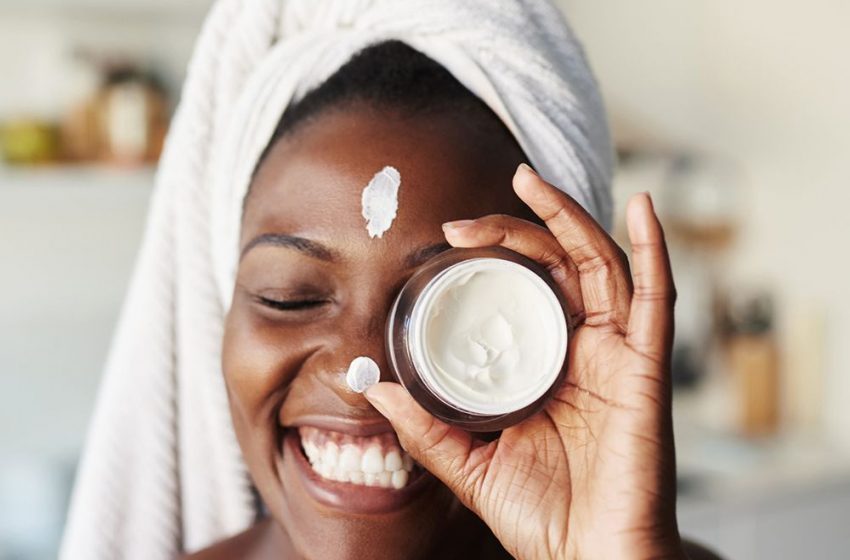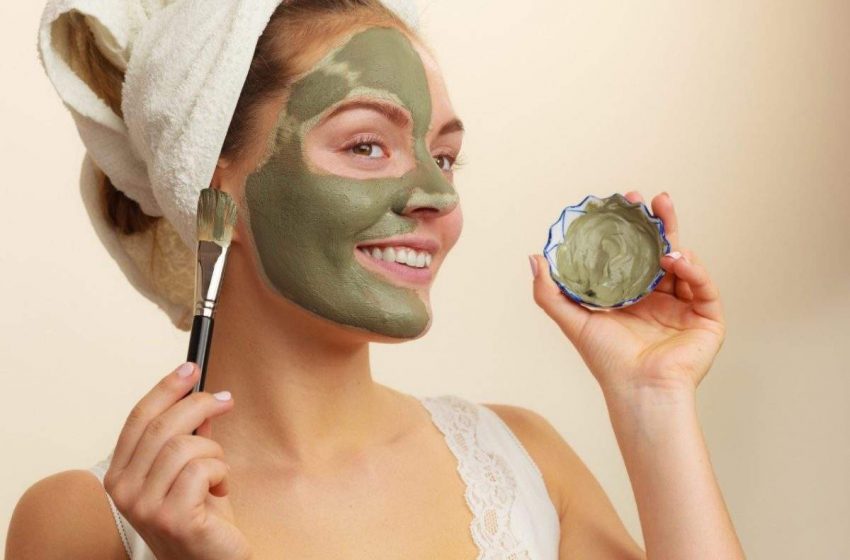As the body’s largest organ—about 30 square metres—skin’s primary role is to maintain a healthy barrier between you and potential harm from the elements, including sun and rain, bacteria and germs, and stress. But are you protecting this important ally of your immune system? The skin comprises three major divisions or layers, including the epidermis, the dermis, and the hypodermis.
Epidermis
This layer of your skin is the part you can see and touch. Despite the fact that it can be about as thin as tissue paper, the epidermis itself contains five sublayers. The uppermost sublayer is the stratum corneum, and it’s the first line of immune defence.
Cells called corneocytes in the stratum corneum are interspersed with lipids (ceramides, cholesterol, and free fatty acids) to resemble bricks and mortar. This organizational structure helps prevent entry of foreign substances into your body while at the same time trapping precious water.
Dermis
Skin’s middle layer, or dermis, houses collagen that gives your skin strength as well as elastin that provides flexibility. Nerves located here keep you safe by triggering pain or letting you know, for example, when your hand is too close to the stove.
Hair follicles are rooted in the dermis and seem to be a gathering place for dendritic cells and T-cells on the lookout for invaders.
The dermis is also where we find oil and sweat glands. While you may consider the products of these glands to be an annoyance, they play critical roles in your immune defence.
Hypodermis
The hypodermis (also known as the subcutis or subcutaneous layer) is the deepest skin layer and consists primarily of connective tissue and fatty tissue. This layer allows skin to move smoothly over tissue and muscle and to act as a shock absorber. The hypodermis also insulates your body to protect you from the cold.
Pollution
Air pollution may also compromise skin barrier function and encourage increased TEWL. Researchers suggest that air pollution may trigger or worsen allergic skin conditions such as atopic dermatitis.
ARRIER BREAKDOWN
Despite various skin fortifications, barrier function can be compromised—and it might start with simple water loss. Water is the main component of cells and represents 60 percent of adult body composition.
H2O deficiency is associated with skin dysfunction, including atopic dermatitis and skin wrinkling. To keep skin healthy, you want to drink plenty of water and minimize transepidermal water loss (TEWL) or the moisture lost from skin cells through evaporation. But there are a lot of things working against that goal.




